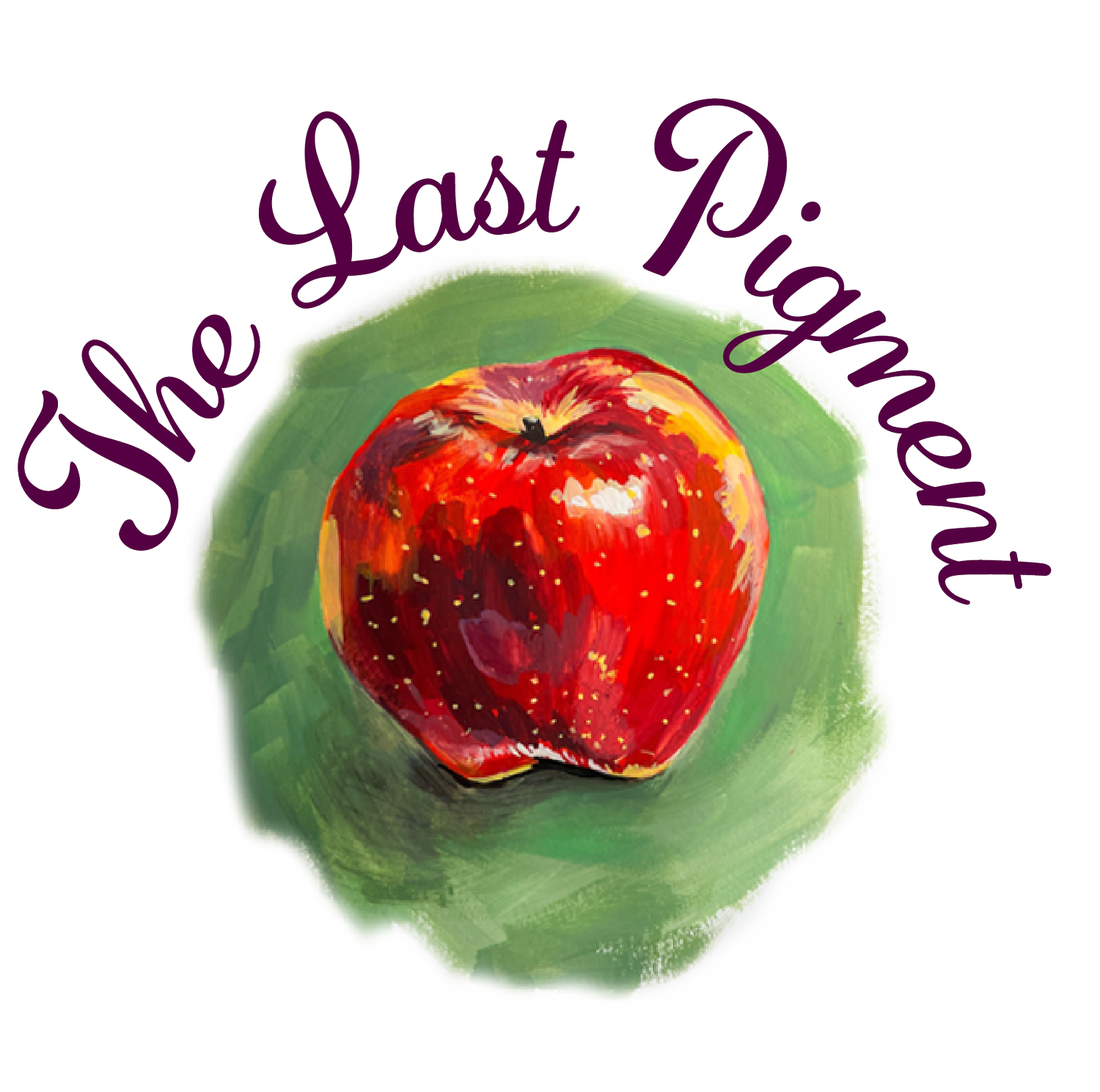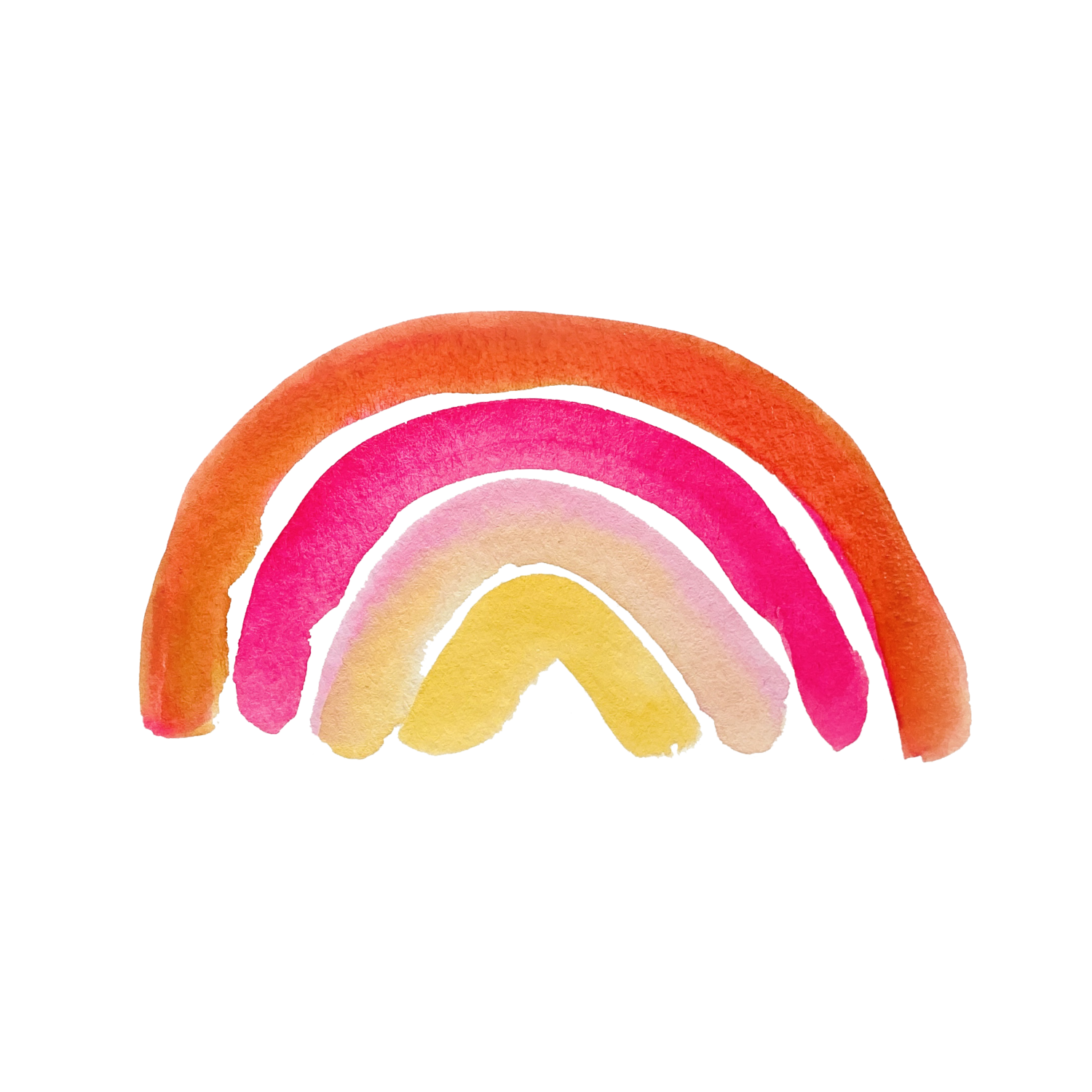A Review of Art as Experience for Artists
Art as Experience, written by John Dewey, is a comprehensive analysis of the nature and meaning of art, its role in human experience, and its relation to other aspects of human culture. First published in 1934, the book has become a classic in the field of aesthetics and a seminal work in the history of philosophy. I recommend grabbing this book if you’re interested in learning about aesthetics.
In Art as Experience, Dewey argues that art is not a static object, but a dynamic process that involves both the artist and the viewer. He contends that art is not simply a representation of reality, but an expression of the artist's experience, emotions, and ideas. According to Dewey, art is an experience in itself, and its value lies in the experience it creates for the viewer.
Wherever conditions are such as to prevent the act of production from being an experience in which the whole creature is alive and in which he possesses his living through enjoyment, the product will lack something of being esthetic.
Dewey's approach to art is based on his philosophy of pragmatism, which emphasizes the practical consequences of ideas and actions. He contends that art is not separate from everyday life, but an integral part of it. Art, according to Dewey, helps us to experience the world in a new and meaningful way, and to develop our capacity for empathy and understanding.
One of the central ideas in Art as Experience is Dewey's concept of "aesthetic experience." Aesthetic experience, according to Dewey, is the experience of an object or event in which we are fully engaged, and which creates a sense of unity and integration in our lives. Dewey argues that aesthetic experience is not limited to art, but can be found in all aspects of human life, from nature to architecture to music.
Another important concept in Art as Experience is Dewey's idea of "artistic expression." Dewey argues that artistic expression is not simply a matter of representing something external to the artist, but a process of creating something new and original that expresses the artist's own experience and perspective. He contends that artistic expression is not limited to traditional forms of art, but can be found in any creative activity, from cooking to gardening to fashion design.
Dewey's analysis of the role of art in human experience has had a profound influence on the field of aesthetics and the philosophy of art. His emphasis on the importance of aesthetic experience and artistic expression has inspired generations of artists and scholars, and his ideas continue to shape our understanding of the nature and meaning of art.
Art celebrates with peculiar intensity the moments in which the past reenforces the present and in which the future is a quickening of what now is.
In conclusion, Art as Experience is a groundbreaking work that offers a rich and nuanced analysis of the role of art in human culture. Dewey's ideas continue to be relevant and influential today, and his book remains an essential reading for anyone interested in the philosophy of art or the nature of human experience.
One possible book that argues against Art as Experience is The Limits of Aesthetic Experience by Arthur Danto. Danto challenges Dewey's emphasis on aesthetic experience and argues that art should be seen as an object of contemplation rather than a means of personal experience.
Danto contends that art is not about expressing personal emotions or experiences, but about creating a specific object that can be contemplated and appreciated for its own intrinsic qualities. He argues that the value of art lies in its ability to create a unique aesthetic experience for the viewer, rather than in its potential for personal growth and development.
Moreover, Danto criticizes Dewey's concept of artistic expression, claiming that it places too much emphasis on the artist's personal experiences and perspectives, and neglects the importance of formal qualities such as composition, color, and texture. These are often the mechanisms in which people judge art or make quality judgements about craftsmanship.
In addition, Danto argues that Dewey's ideas about the integration of art and life are misguided, as they fail to recognize the fundamental differences between art and other aspects of human culture. He contends that art is a distinct and autonomous realm, with its own rules and principles, and that it should be judged according to its own standards, rather than in relation to other aspects of human experience.
Overall, The Limits of Aesthetic Experience presents a compelling challenge to Dewey's ideas about the nature and role of art. While Dewey's emphasis on personal experience and expression has inspired many artists and scholars, Danto's emphasis on the aesthetic qualities of art and its autonomy from other aspects of human culture provides a valuable counterpoint to Dewey's perspective.
If you’re interested in taking my aesthetics master course, sign up to my newsletter to be the first to find out when the course launches.


